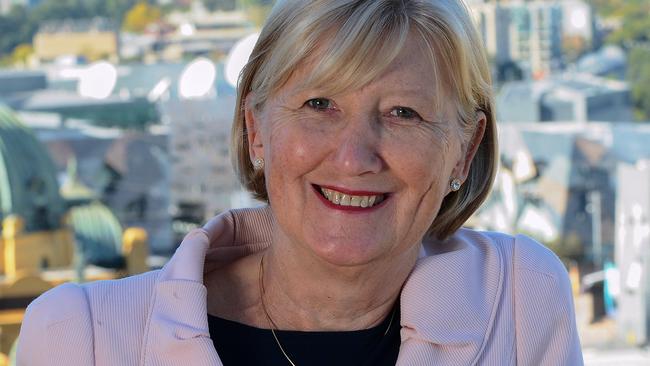More than half of Gold Coast overweight or obese, lack of public transport blamed
More than half the Gold Coast is overweight or obese - the professor behind the startling new statistics has revealed what she thinks is to blame.

Gold Coast
Don't miss out on the headlines from Gold Coast. Followed categories will be added to My News.
MORE than half of Gold Coasters are overweight or obese yet we are still among the fittest in the state, new figures reveal.
Gold Coasters have the second lowest rate of obesity in Queensland with 28.3 per cent of residents in that category, analysis by Mitchell Institute for Education and Health Policy shows.
Only Brisbane had a slimmer population with its obesity rate of 23.8 per cent.
Nationally the lowest obesity rate was found to be in Nedlands, Perth, with 12.8 per cent classed as obese.
The highest national obesity rate is in Wellington, NSW where 43.9 per cent of locals were considered obese.

Obesity is diagnosed when an individual’s body mass index (BMI) - calculated by your weight and height - is 30 or higher.
There are much higher numbers of people deemed overweight, which is a BMI of 25-29.9.
The Mitchell Institute revealed a quarter of a million Gold Coast adults or 60 per cent of adults were in the obese or overweight categories combined — still the second lowest rate in the state, and the 73rd lowest of all local government areas in the country.
SUBSCRIBE TO THE BULLETIN FOR $1 A WEEK FOR THE FIRST 8 WEEKS. (MIN. COST $4)
A survey by Queensland Health released last month on ‘health characteristics’ found Gold Coasters had healthier habits than most in the state.
Coasters were the most likely in the state to exercise at least once during the week and least likely to consume sugar or sweetened drinks daily.

Professor Rosemary Calder from the Mitchell Institute think tank said the numbers of obese adults varied dramatically across the country and highlighted the impact of where people live and wealth on people’s health.
“The environment that we live has a significant influence on obesity rates,” Professor Calder said.
“The Gold Coast has its beautiful beaches to help entice people to be active which is a positive.
OTHER NEWS
Titans sponsor cuts funding after grand final gaffe
Drugs allegedly discovered in child’s pencil case
‘Bulls--t’: Principal’s husband reacts to defamation case blow
“However, it has limited public transport and centralised shopping precincts so most people are relying on their car for transport to get to work or shops, and there is a ready supply of fast food outlets which offer low-cost and easy to access food.

“Local governments are critical to local planning and the creation of healthy and active spaces for their residents.”
Australia’s adult obesity rate has risen 27 per cent in the past 10 years to almost a third of the population. Two thirds of Australian adults are now overweight or obese, placing them at higher risk of diabetes, some cancers, heart disease, arthritis and dementia.
Professor Calder said more broadly there was a need to look at our policies around sugar and salt content in processed foods.


